Electric bike maintenance – 6 basic tips to keep your e-bike running smoothly, from an electric bike shop owner
Want to get the most out of your electric bike? Here’s our guide on how to keep e-bikes well maintained and perfectly functioning
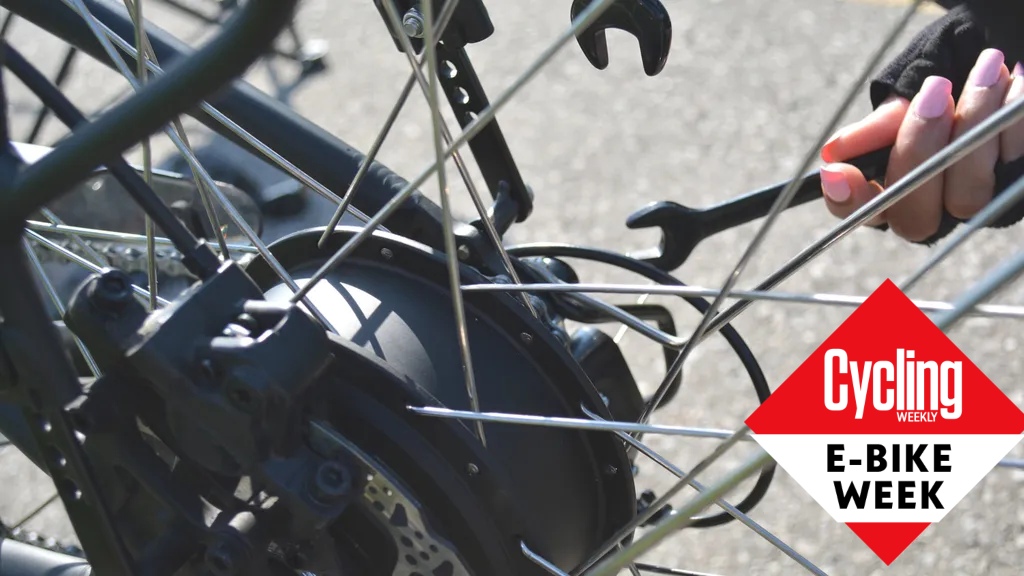

More and more people are jumping aboard e-bikes and taking advantage of their many benefits ranging from commuting to leisure cycling.
As with all bikes, keeping on top of the maintenance will make them safer and more pleasant to ride, as well as helping the components to last longer. This is especially important because - although prices are coming down - e-bikes generally represent a considerable investment.
We spoke to Steve Mills, the co-owner of Take-Charge Bikes, an e-bike specialist who has been in the business for over 13 years, for his advice on how best to maintain your e-bike, and the most common pitfalls for riders.
Mills explains that the best electric bikes are quite robust and don’t really need much more maintenance than regular bikes. The service time is principally related to the same mechanical aspects as you would deal with for any regular bike - but there are some elements which are different that it is recommended to be aware of.
E-bike maintenance tips
1. Good battery care
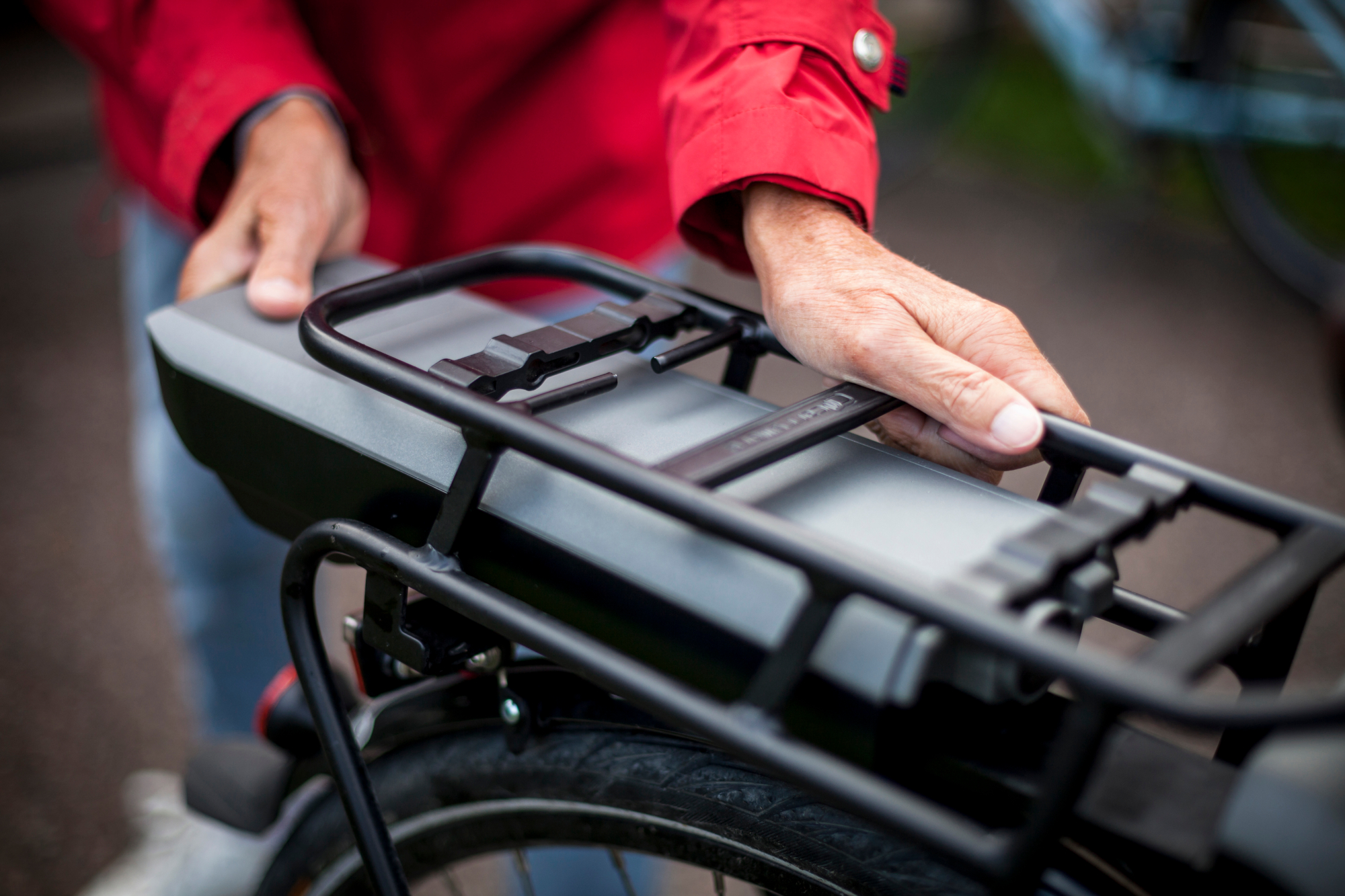
The most significant difference between a regular bike and an e-bike is the battery. “Although there is a motor, that is still fundamentally mechanical and quite akin to the rest of the bike. Batteries, on the other hand, have very different requirements," Mills tells us.
“The main thing is to keep the battery at an ambient temperature; anything too hot or too cold is going to negatively affect it. Keeping the battery inside your home will do a lot to prolong its life.
“When it comes to storing the batteries for any length of time, you should ensure that the battery isn’t empty - but also don’t leave it sitting there on charge for anything like days or weeks. Batteries are quite expensive, so you really don’t want to misuse them.”
When it comes to deciding where to store your battery, it helps to consider whether these would be good conditions for a pet. If not, it’s not good for your battery.
2. Spoke tension
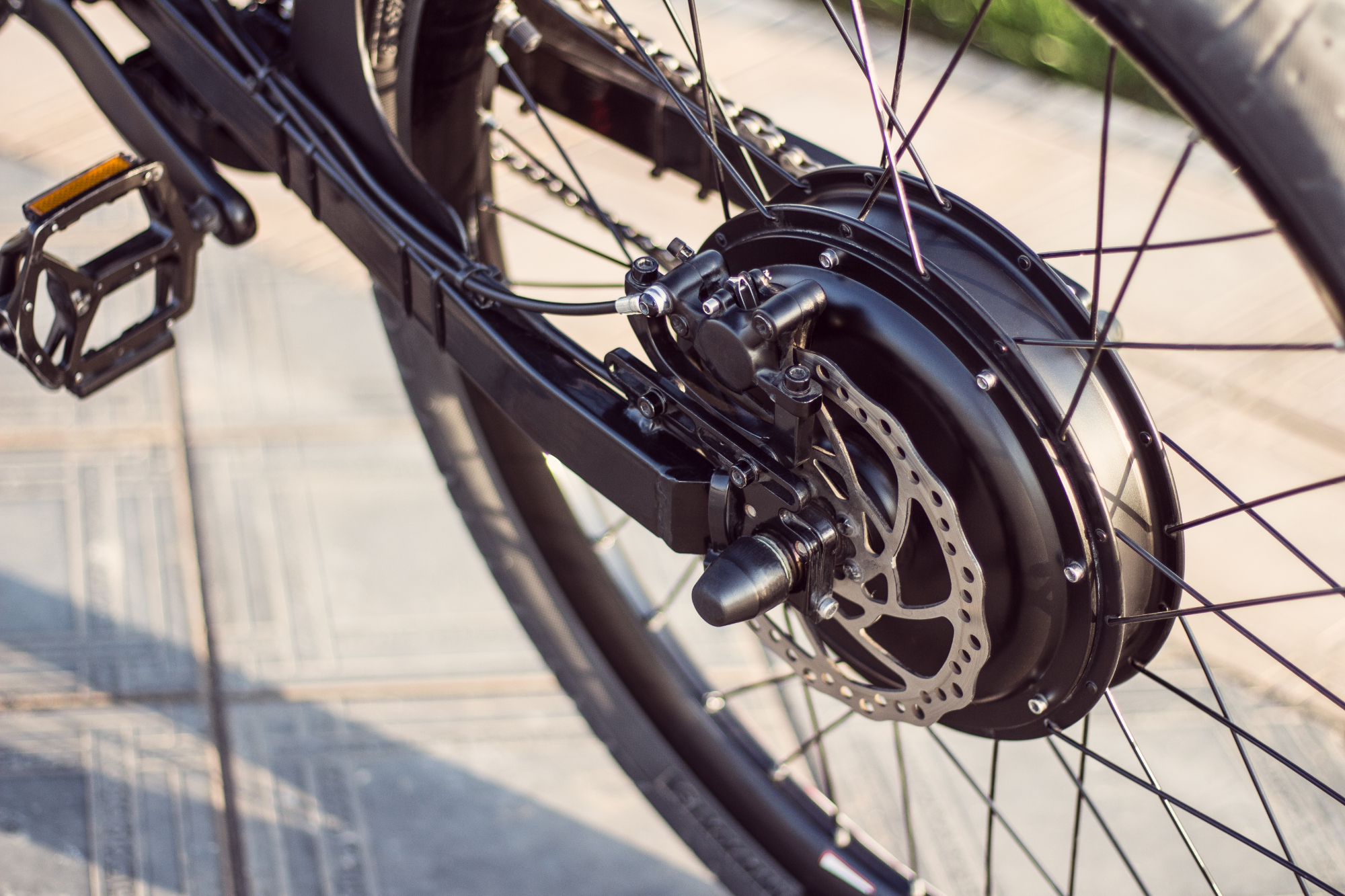
Hub motor style e-bikes can present their own problems for spokes which you wouldn’t expect to happen on a standard bike, due to stresses caused by the force of the motor.
Mills points out: “On a hub motor, particularly rear hub motors, you find that after a few years spoke breakage becomes a slightly more common occurrence. But if you are getting your bike serviced, spoke tension will be checked and adjusted, so this would be less likely.”
3. Cleaning the drivetrain
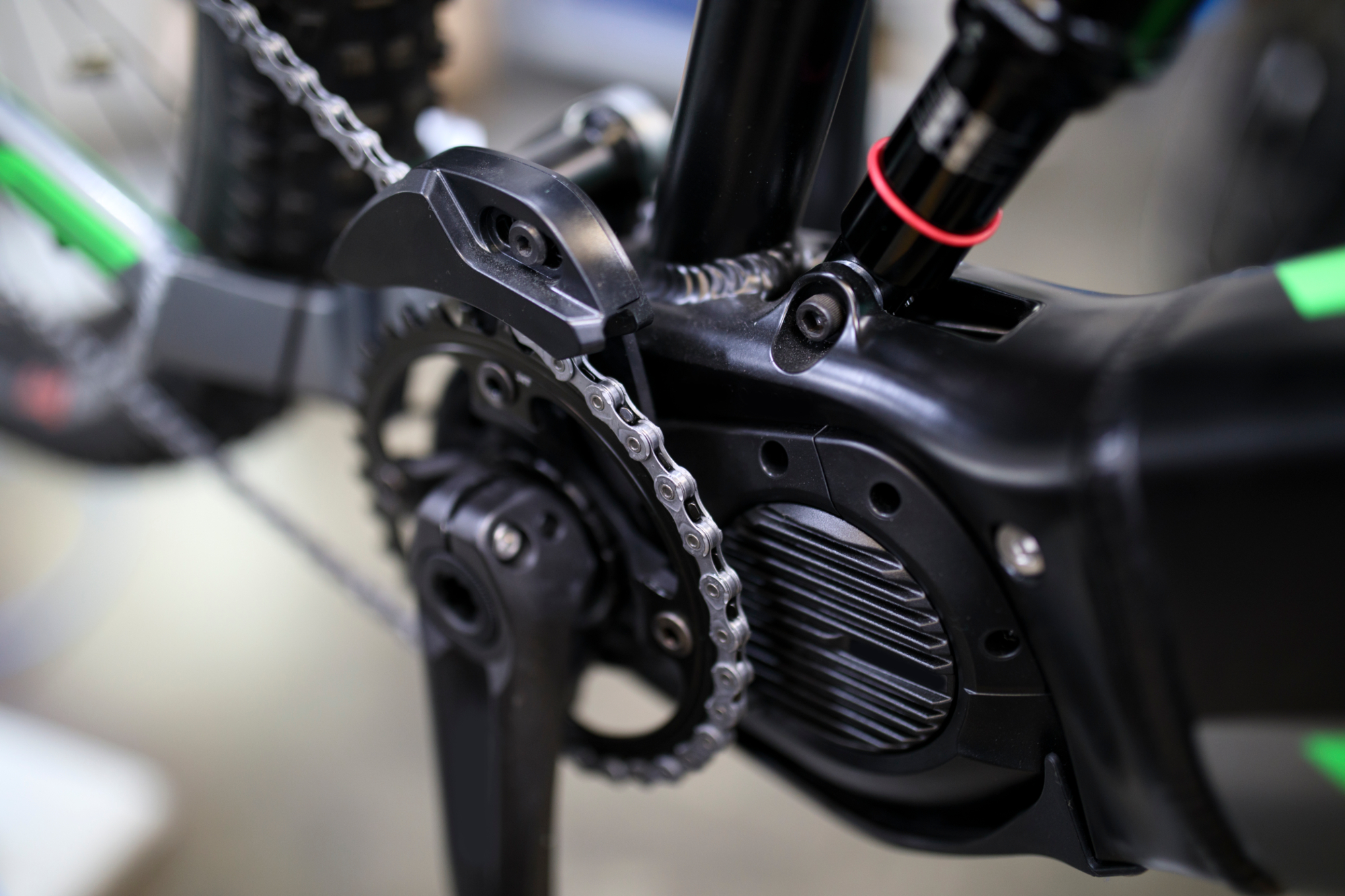
When it comes to looking after your gears, it’s the same old practice as part of cleaning your bike, but just should be carried out more frequently.
Mills explains: "A mid-motor e-bike will exert a lot more force on the chain, meaning you’ll tend to get fewer miles in before it needs replacing. But care-wise, you just need to treat them as you would any other bike."
A specific chain cleaning tool along with some degreaser makes this job a whole lot easier. Just remember to make sure none of the oily liquid gets onto your braking surfaces, but if it does, cleaning them with either a specific brake cleaner or isopropyl alcohol will sort it out.
4. Avoid pressure washing
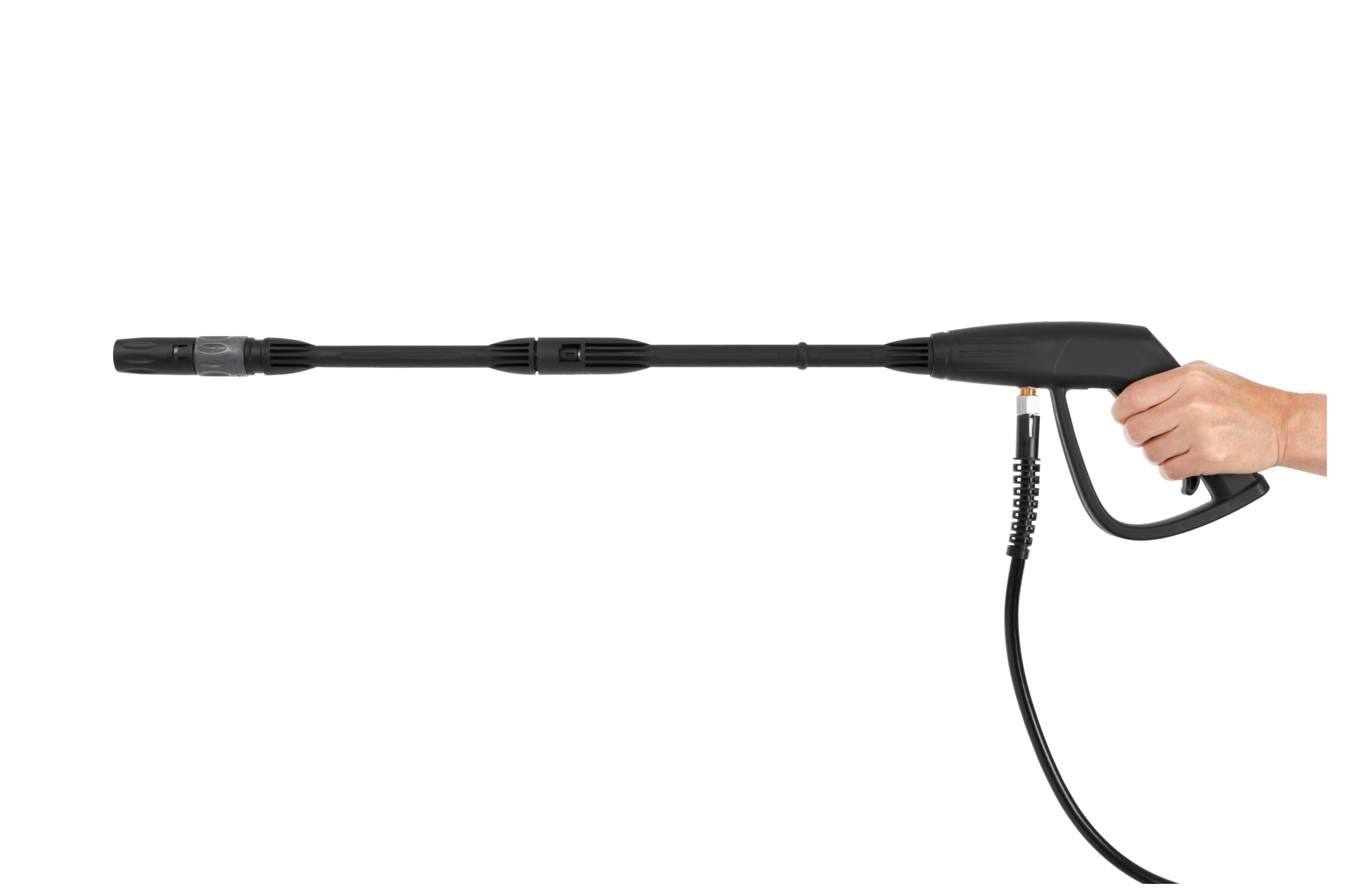
E-bikes, although built to be robust, are still as vulnerable to pressure washing as a standard bike and so should be treated with the same delicacy.
Mills stresses: “Be just as careful as you would be when it comes to cleaning as you would with an ordinary bike. The main issue we see is people being over-zealous when it comes to cleaning; and using pressure washers on the bike.
“We also have people who completely submerge their bikes in canals, rivers and lakes to wash them off, which you really shouldn’t do. It’s obvious to us at service time if that has been done because the oil and grease have emulsified, and the bearings are shot.”
5. Pay attention to the tires
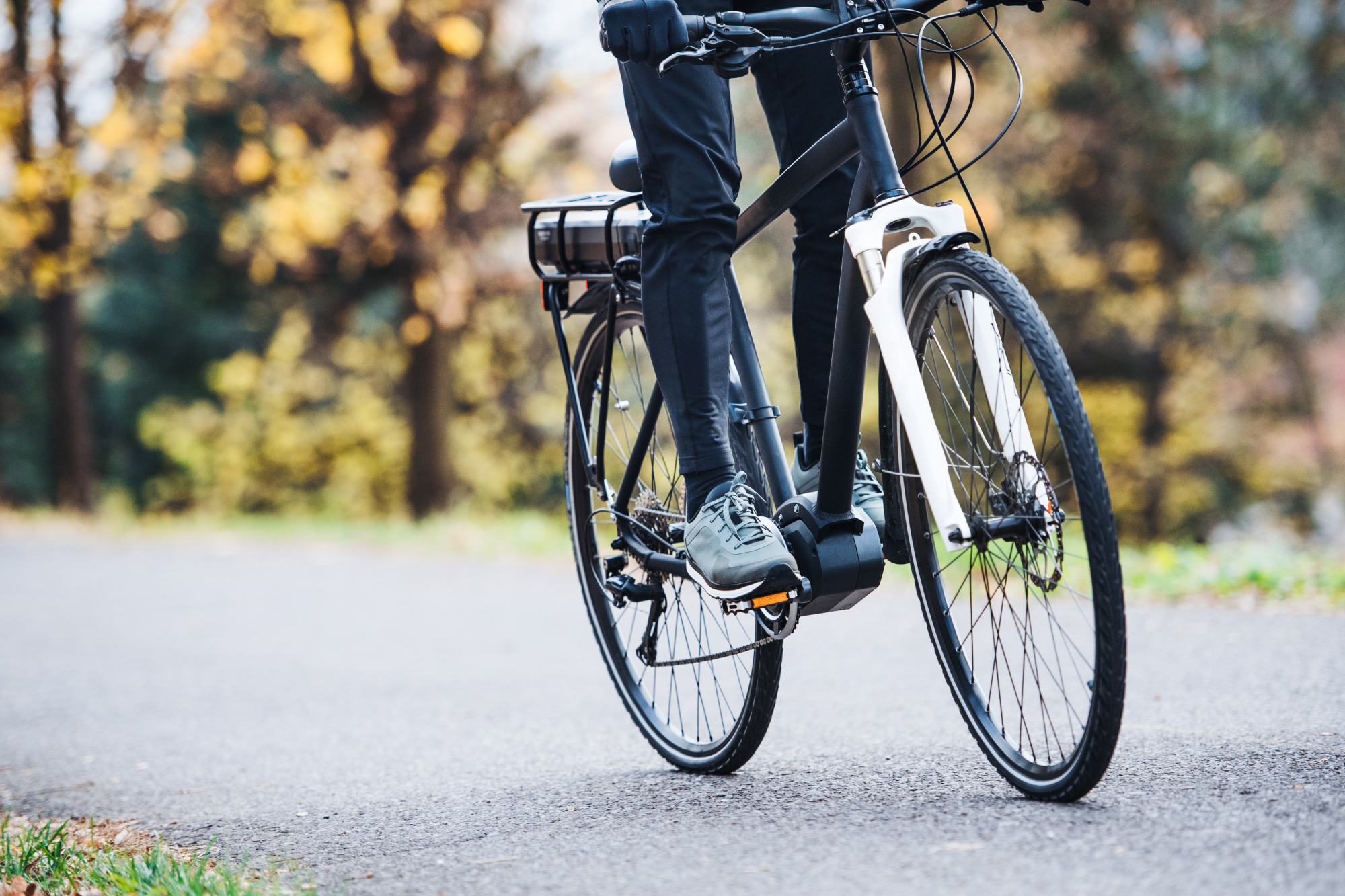
It's good advise for any bike, but with an e-bike you will be able to cover greater distances than you can on an ordinary bike and they are also heavier. The result is road debris can be forced further into the tires. You don’t want to get a puncture, so it's worth spending some time removing any flints before they work their way further in.
Also, keeping the tire pressure topped up plays a large role in warding off punctures and preventing the sidewalls from cracking. Bikes need their pressures topping up far more often than a car tire does.
Buying one of the best bike pumps makes things significantly easier, as the pumping takes less effort and many have a pressure gauge which makes it easier to get it to the right level.
6. Clean the brakes
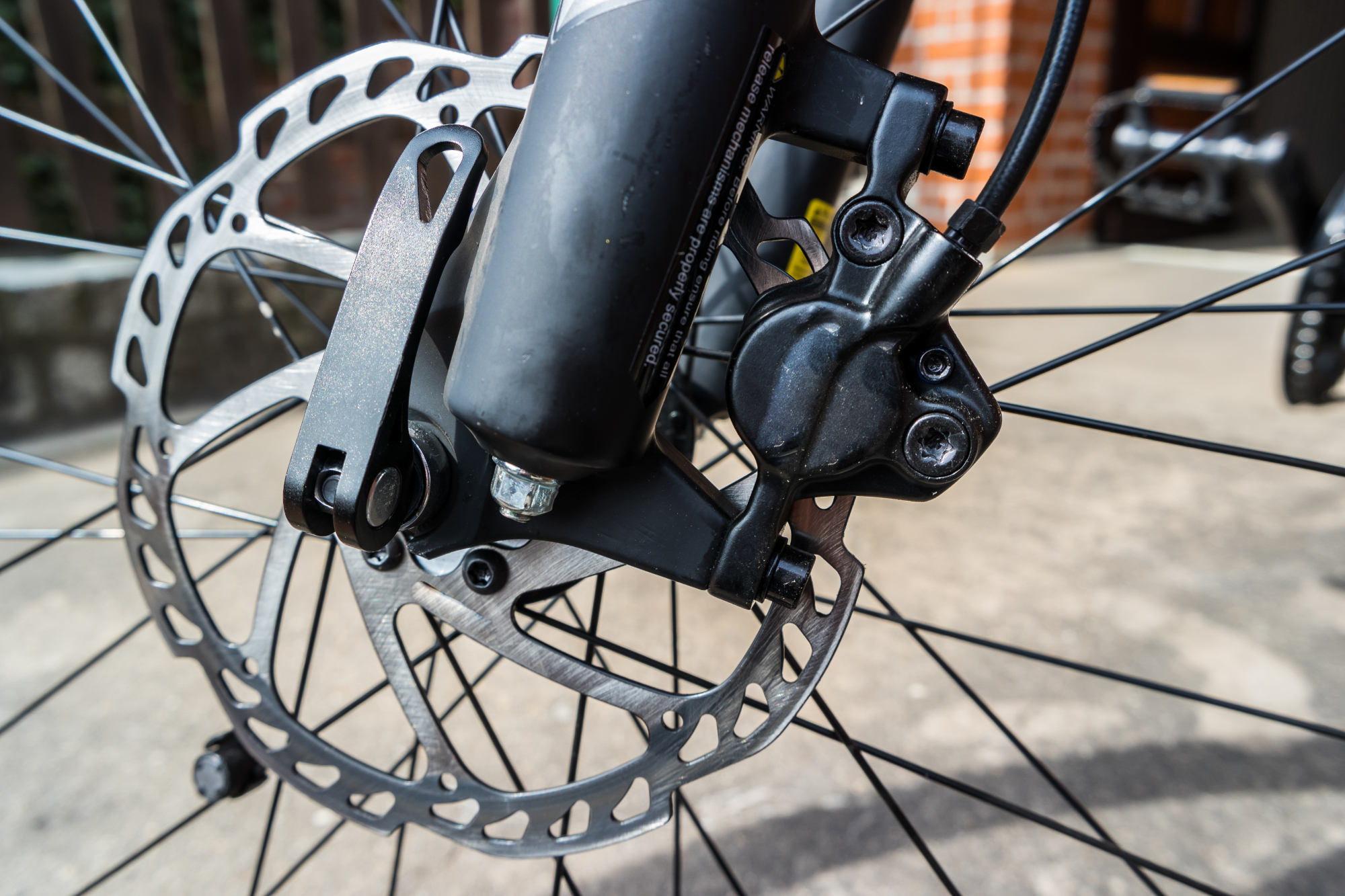
As a consequence of being easier to get up to speed, e-bike brakes see a lot more use than their cousins on non-powered bikes. E-bikes are heavier too, so additional force is required from the brakes to slow them down and bring them to a stop.
It’s important to make sure the pads and braking surfaces are clean, as embedded dirt will wear the braking surface a lot more quickly. It also helps to ensure that the brakes are properly adjusted.
You might not notice a rubbing brake with the extra power on tap, but this will wear the components prematurely and reduce the distance you can travel on a single charge.
You should use a clean rag and a dedicated brake cleaning product to clean your brakes for best results. Bear in mind, if you thoroughly clean your disc brakes, you might have to bed-in your pads again. This just involves getting up to speed and using the brakes evenly to slow to walking pace a couple of times.

Thank you for reading 20 articles this month* Join now for unlimited access
Enjoy your first month for just £1 / $1 / €1
*Read 5 free articles per month without a subscription

Join now for unlimited access
Try first month for just £1 / $1 / €1
Get The Leadout Newsletter
The latest race content, interviews, features, reviews and expert buying guides, direct to your inbox!

After winning the 2019 National Single-Speed Cross-Country Mountain Biking Championships and claiming the plushie unicorn (true story), Stefan swapped the flat-bars for drop-bars and has never looked back.
Since then, he’s earnt his 2ⁿᵈ cat racing licence in his first season racing as a third, completed the South Downs Double in under 20 hours and Everested in under 12.
But his favourite rides are multiday bikepacking trips, with all the huge amount of cycling tech and long days spent exploring new roads and trails - as well as histories and cultures. Most recently, he’s spent two weeks riding from Budapest into the mountains of Slovakia.
Height: 177cm
Weight: 67–69kg
-
 Save £42 on the same tyres that Mathieu Van de Poel won Paris-Roubaix on, this Easter weekend
Save £42 on the same tyres that Mathieu Van de Poel won Paris-Roubaix on, this Easter weekendDeals Its rare that Pirelli P-Zero Race TLR RS can be found on sale, and certainly not with a whopping 25% discount, grab a pair this weekend before they go...
By Matt Ischt-Barnard
-
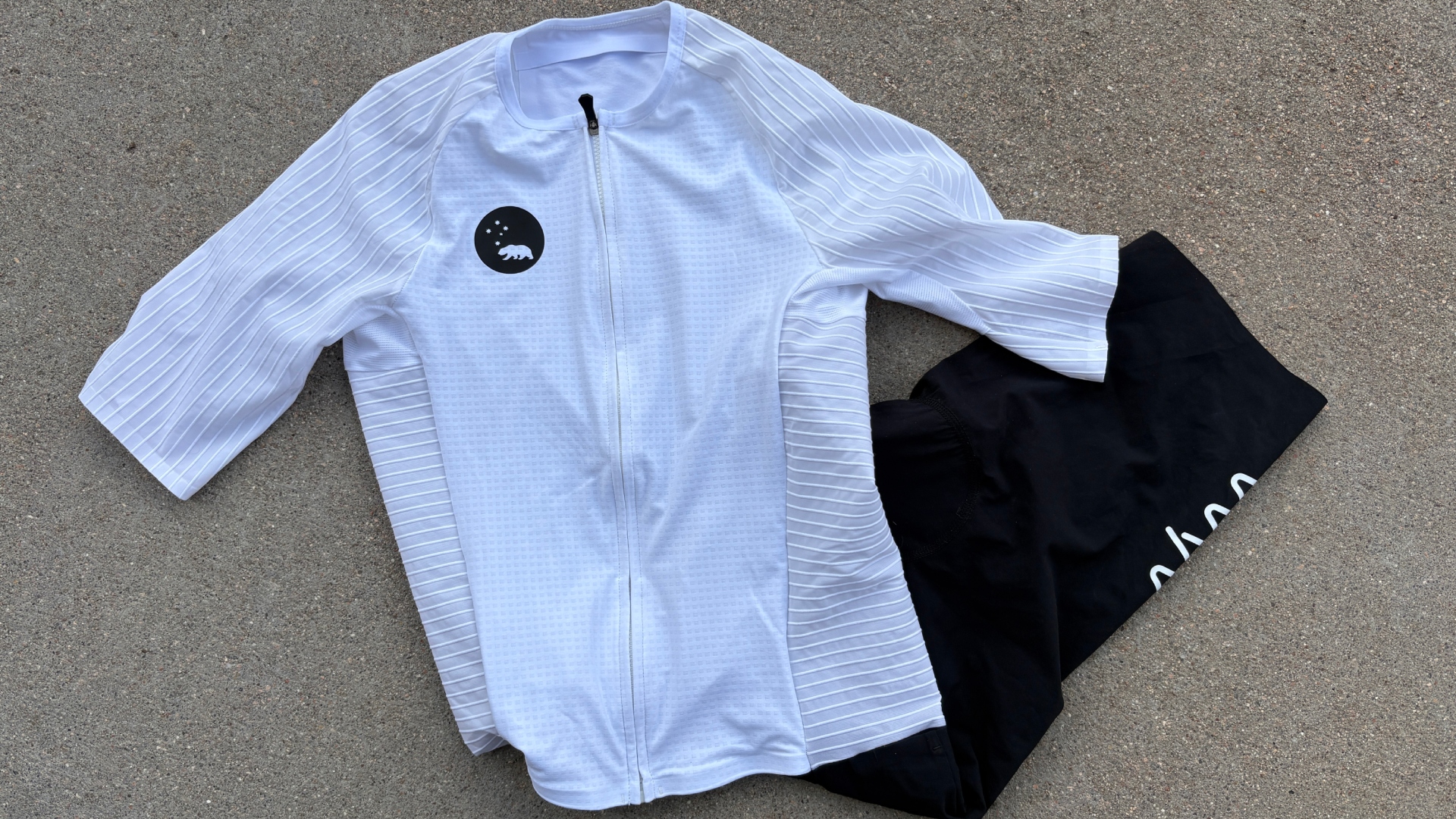 "Like a second skin” - the WYN Republic CdA triathlon suit reviewed
"Like a second skin” - the WYN Republic CdA triathlon suit reviewed$700 is a substantial investment in a Tri Suit, and it is, but you’ll definitely feel fast in it
By Kristin Jenny